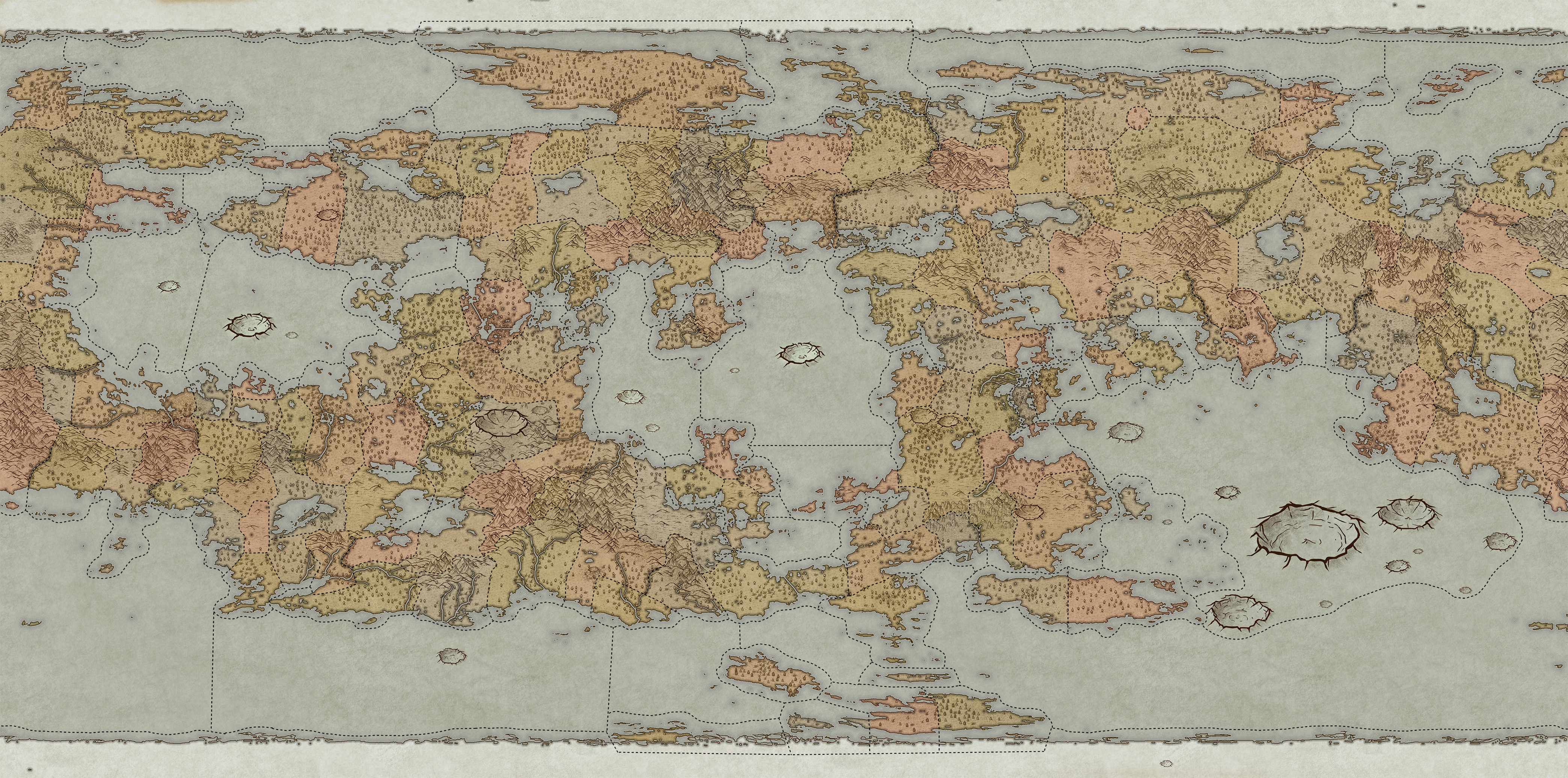Southern False Wyvern
"Oh gods, is that a giant nest of wyverns!?"The Southern False Wyvern is a large dragon-like creature native to the more temperate stretches of the Khtʼehh Gli Ocean. Once frequently mistaken as juvenile dragons, it is now recognized as its own non-sapient species.
Adept Fisher
Biology
The southern false wyvern is known to live for 60 to 80 years, with yearly reproductive cycles that occur on distant islands where mature false wyverns lay one to two eggs each year. Southern false wyverns are covered in a fine layer of matte scales, and though their wings appear somewhat 'feather-like' at first glance, they are made out of a thin but durable webbing. The bright beak-like maw and 'horn' on the top of their nose are more vibrant in males then in females, with the male's horn known to sometimes stretch the full length of the southern false wyvern's head.These false wyverns are specialized at catching fish out of rough seas. Their zygodactyl feet are covered in rough scales to help grip slipper prey, and their beaks have serrated edges to help as well. They are often seen diving from flight into the sea to chase after prey, using their wings to 'fly' beneath the water before surfacing. They are capable of returning to flight from the water, using their long, finned tails as rudders if needed.
Southern false wyverns are obligate piscivorous, but will snack occasionally on other creatures or objects that get lost adrift on the waves.
Ecosystem
The southern false wyvern is usually found in the cooler stretches of the Kht'ehh Gli Ocean, though they are occasionally found around the Southern Canal, the southern stretches of the Khtʼehh Wamǔ Ocean, and in the seaspace of Nʼghftehʼbthnk. While they can be spotted along the continental cost, they are most common on the southern island expanses of Mzeling in countries like the Magocracy of the Dark Woods and Élei.Giant Seabirds
In Coastal Societies
Southern false wyverns used to be met with severe alarm and anxiety - mistaken as actual wyverns, they were often killed on sight without hesitation. Initially ships returning with the bodies of southern false wyverns were heralded as heroes, until enough bodies were returned that scholars began to understand that these did not appear to be real dragons and were, in fact, their own species. More importantly, they were recognized as not a threat, and have since recovered in numbers and been largely left alone. Though they can be considered pests to fishing vessels and some coastal towns, southern false wyverns are largely treated no differently then any other seabird.They are largely considered non-dangerous, though when truly aggravated or when defending their nesting sites they are capable of dealing serious harm with their sharp talons and jagged beak.
As Quarry
The southern false wyvern is rarely hunted in the modern age, usually only killed on accident to fishing operations or as pest control. They are said to taste quite poor and have a rather unfortunate texture to their meat. Their eggs, while having been eaten before by desperate sailors, are said to be equally poor tasting and generally not worth the effort of a angry false wyvern colony. While there have been some attempts at domesticating them, they are generally considered too dim-witted and wild to properly train.
Lifespan
60-80 years
Average Height
5' - 5'5"
Average Weight
60 - 80 lbs.
Average Length
9' - 10'4"
24'2" - 26'5" wingspan
24'2" - 26'5" wingspan
Geographic Distribution




Comments